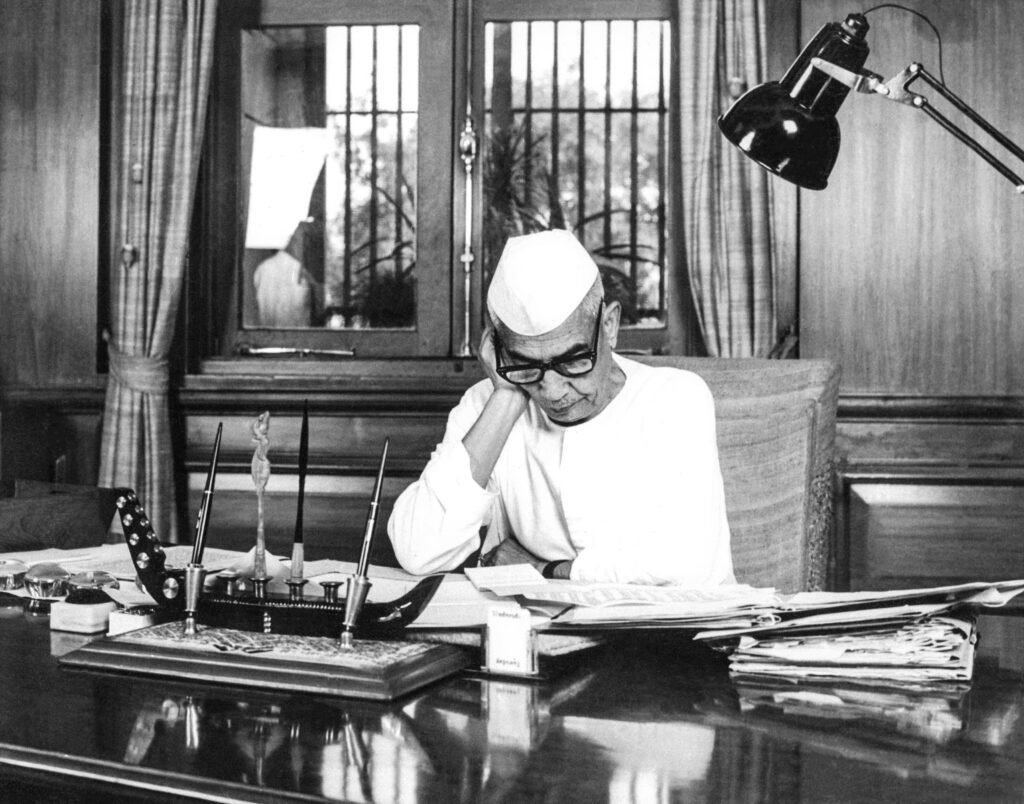Introduction
Caste continues to shape India’s socio-political landscape, influencing how political leaders are portrayed in the media. Leaders like Chaudhary Charan Singh, Chaudhary Devi Lal, Sir Chhotu Ram, Mulayam Singh Yadav, Lalu Prasad Yadav, B.R. Ambedkar, and Mayawati, who have championed marginalized communities, are often reduced to their caste identities—Jats, Yadavs, or Dalits—by mainstream media. Conversely, leaders such as Indira Gandhi, Atal Bihari Vajpayee, Narendra Modi, Amit Shah, and Rajnath Singh are portrayed as transcending caste, representing a broader “national” or “Hindu” identity. This selective framing suggests a deliberate effort to reinforce upper-caste hegemony, rooted in Brahminism, and marginalize leaders who challenge the status quo. This article critically examines the media’s role in perpetuating caste-based narratives, the influence of Brahminism, and the broader implications for Indian politics, with a focus on the legacies of Chaudhary Charan Singh, Chaudhary Devi Lal, and Sir Chhotu Ram.
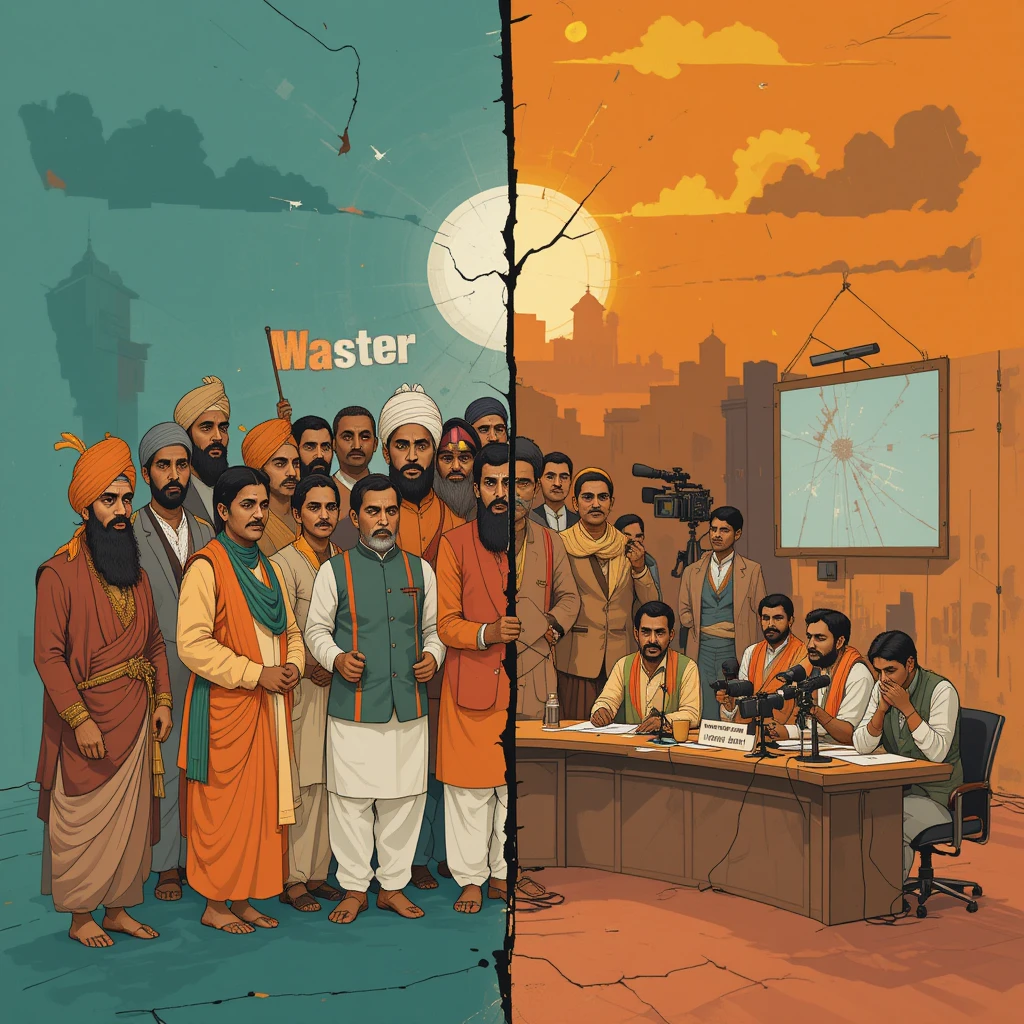
Table of Contents
Historical Context of Caste in Indian Politics
The caste system, rooted in ancient texts like the Manusmriti, has historically structured Indian society into hierarchical varnas and jatis, marginalizing Dalits and Adivasis (Jaffrelot, 2003). With the advent of democratic politics post-independence, caste became a political tool, particularly in the Hindi heartland states of Uttar Pradesh, Bihar, and Haryana, where caste-based alliances shaped electoral outcomes (Hasan, 1998). Leaders like Chaudhary Charan Singh, Chaudhary Devi Lal, and Sir Chhotu Ram mobilized farmers and backward castes, challenging upper-caste dominance, while the Mandal Commission’s implementation in the 1990s empowered OBCs and Dalits through reservations (Jaffrelot, 2000). However, media narratives often reduce these leaders’ contributions to their caste identities, overshadowing their broader impact.
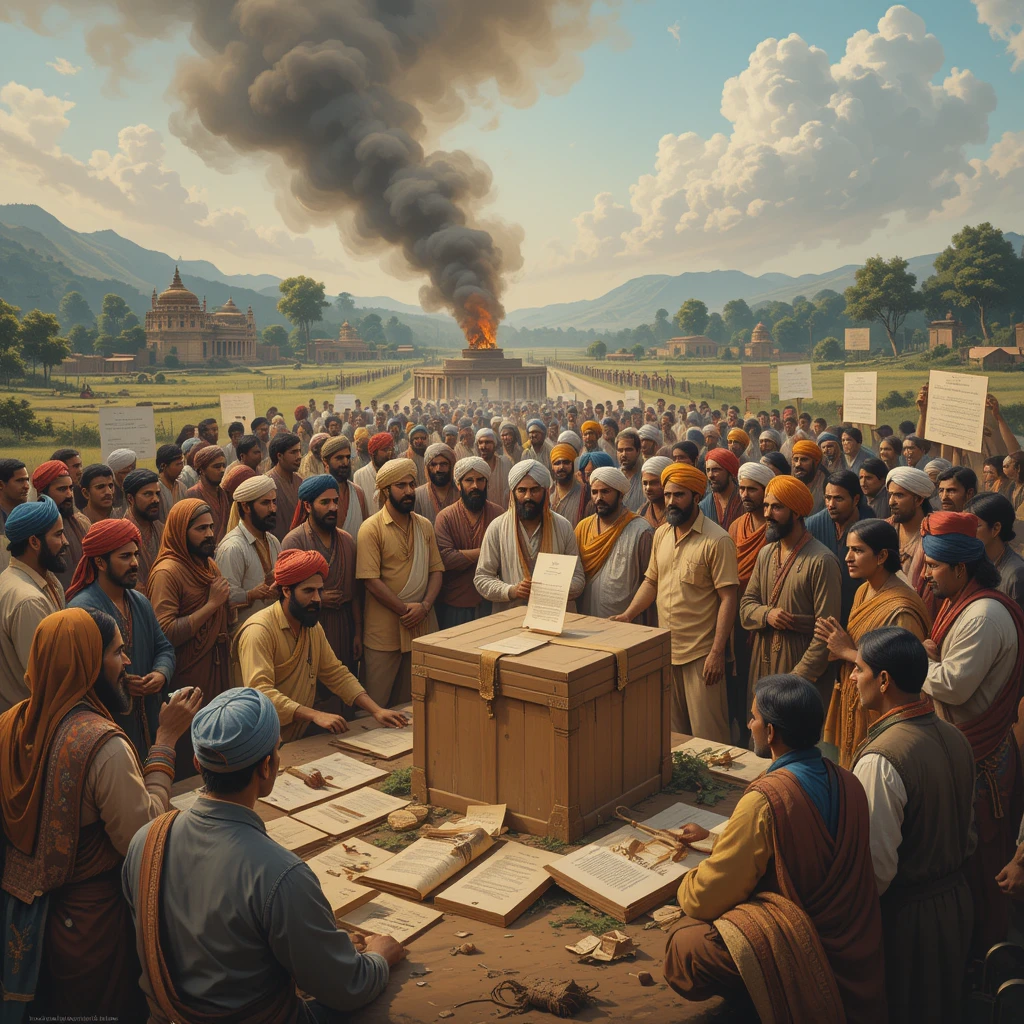
The Media’s Role in Caste-Based Framing
The Indian media, dominated by upper-caste elites, plays a significant role in shaping public perceptions. A 2022 Oxfam India report found that 90% of leadership positions in Indian media are held by upper-caste groups, with minimal representation from OBCs, Dalits, or Adivasis (Oxfam India, 2022). This lack of diversity contributes to biased portrayals, where leaders from marginalized communities are confined to caste identities, while upper-caste leaders are elevated as universal figures.
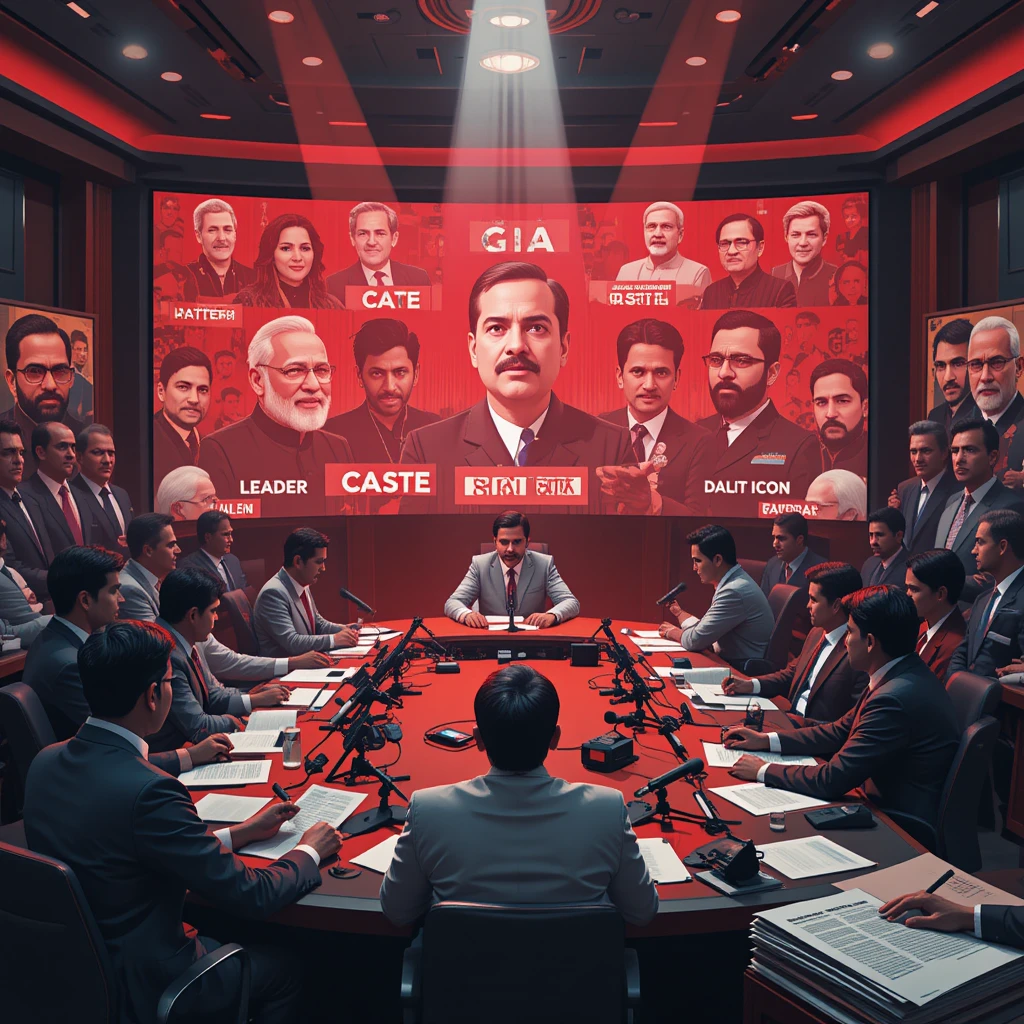
Case Studies of Caste Framing
- Chaudhary Charan Singh: As Prime Minister in 1979, Charan Singh championed farmers’ rights through policies like the establishment of the National Bank for Agriculture and Rural Development (NABARD) (Byres, 1988). His advocacy for agricultural reforms benefited farmers across India, yet media narratives often label him a “Jat leader,” reducing his pan-Indian legacy to a regional caste identity (Hasan, 1998).
- Chaudhary Devi Lal: A prominent Jat leader and former Deputy Prime Minister, Devi Lal was a key figure in mobilizing farmers and OBCs in Haryana and North India. His contributions to rural development, including irrigation projects and loan waivers for farmers, had a broad impact (Singh, 1992). However, media portrayals frequently frame him as a “Jat leader,” overshadowing his role as a national advocate for agrarian communities.
- Sir Chhotu Ram: A pre-independence leader from Haryana, Sir Chhotu Ram was a pioneer in advocating for farmers’ rights and rural reforms. His work on the Punjab Land Alienation Act of 1900 protected farmers, particularly Jats, from losing land to moneylenders (Chowdhry, 1984). Despite his contributions to agrarian welfare, media narratives often reduce him to a “Jat leader,” ignoring his broader impact on rural policy.
- Mulayam Singh Yadav and Lalu Prasad Yadav: Both leaders were instrumental in implementing the Mandal Commission recommendations, empowering OBCs across India (Jaffrelot, 2000). Their Muslim-Yadav (MY) coalitions in Uttar Pradesh and Bihar challenged upper-caste dominance, yet they are frequently labeled as “Yadav leaders” rather than champions of social justice (Yadav, 2004).
- B.R. Ambedkar and Mayawati: Ambedkar, the architect of India’s Constitution, fought for social equality and the abolition of untouchability, yet he is often framed as a “Dalit icon” (Jaffrelot, 2005). Mayawati’s 2007 electoral victory in Uttar Pradesh, achieved through a Brahmin-Dalit alliance, is overshadowed by her “Dalit leader” label (Pai, 2007).
- Indira Gandhi, Atal Bihari Vajpayee, and Narendra Modi: Indira Gandhi (Brahmin) and Vajpayee (Brahmin) are rarely defined by their caste identities, portrayed instead as national leaders (Guha, 2007). Narendra Modi, from the OBC Ghanchi community, is projected as a Hindu nationalist and development icon, with his caste identity downplayed to align with the BJP’s agenda (Jaffrelot, 2015).
- Jagdeep Dhankhar: As Vice President, Dhankhar, a Jat, is seldom described as a “Jat leader” due to his alignment with the BJP (The Hindu, 2022). However, any shift in his political stance could lead to a re-emphasis on his caste identity, as seen with other leaders who challenge the establishment.
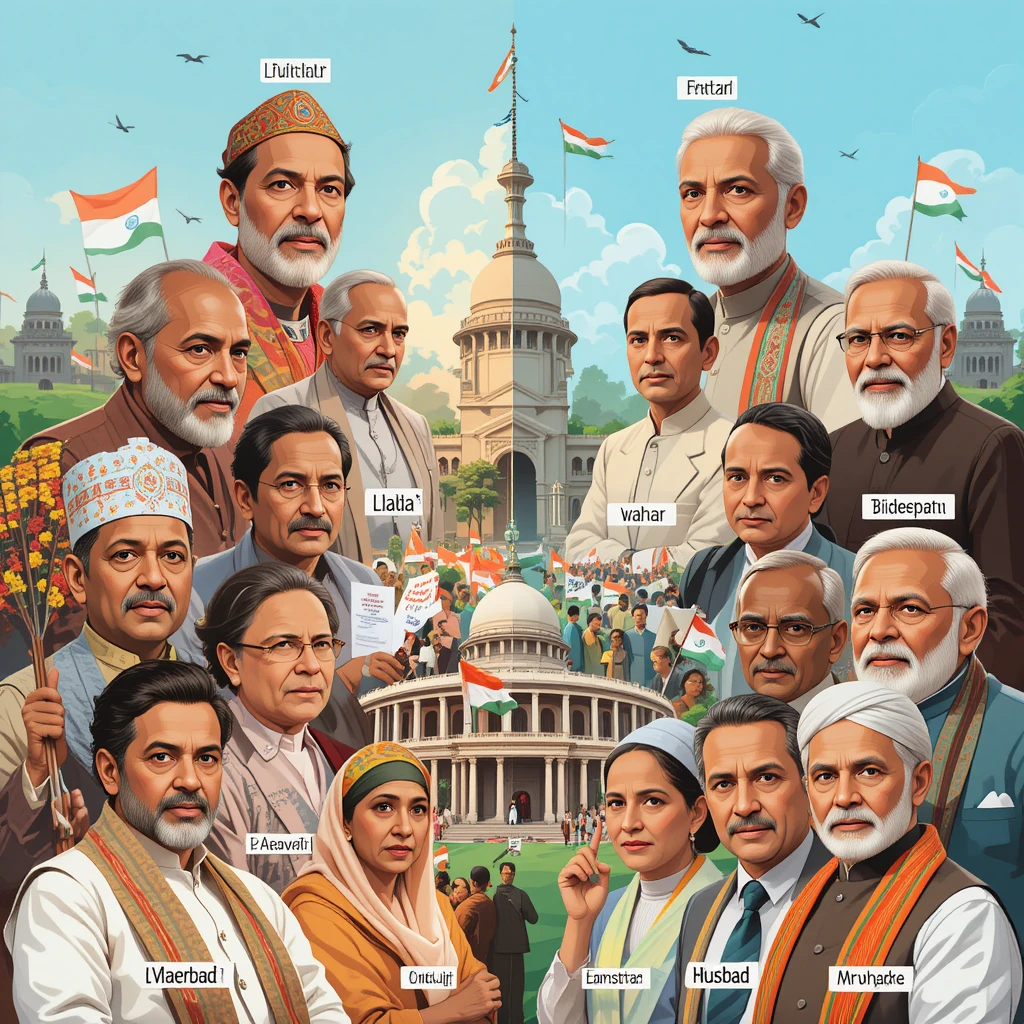
Brahminism and Upper-Caste Bias
Brahminism, as an ideology, refers to the dominance of Brahminical values in shaping India’s cultural, intellectual, and political narratives (Beteille, 1996). Historically, Brahmins controlled knowledge production, a legacy that persists in modern institutions like the media. The media’s upper-caste composition perpetuates biases that frame leaders from marginalized communities as parochial while elevating upper-caste leaders as universal figures.
Mechanisms of Brahminical Framing
- Reinforcing Power Structures: By confining leaders like Charan Singh, Devi Lal, or Sir Chhotu Ram to caste identities, the media undermines their broader appeal, reinforcing upper-caste hegemony (Beteille, 1996). This aligns with Brahminical interests, which prioritize a homogenous Hindu identity over caste-based assertions of social justice (Jaffrelot, 2003).
- Sensationalism and Polarization: Caste-based narratives are sensationalized to attract viewership, reducing complex political dynamics to caste rivalries (Chakravarty & Roy, 2015). For example, the Mandal Commission protests were portrayed as divisive, while the BJP’s Ram Janmabhoomi movement was framed as unifying (Hasan, 1998).
- Historical Prejudices: Upper-caste media elites perpetuate stereotypes of OBC and Dalit leaders as corrupt or incompetent. Lalu Prasad Yadav’s tenure is criticized as “jungle raj,” while Modi’s Gujarat model is lauded despite controversies (Jaffrelot, 2015).
- Political Alignment: Many media outlets align with the BJP, which consolidates upper-caste and some OBC voters through Hindutva (Chakravarty & Roy, 2015). Framing OBC and Dalit leaders as caste-based supports the BJP’s narrative of a unified Hindu identity.
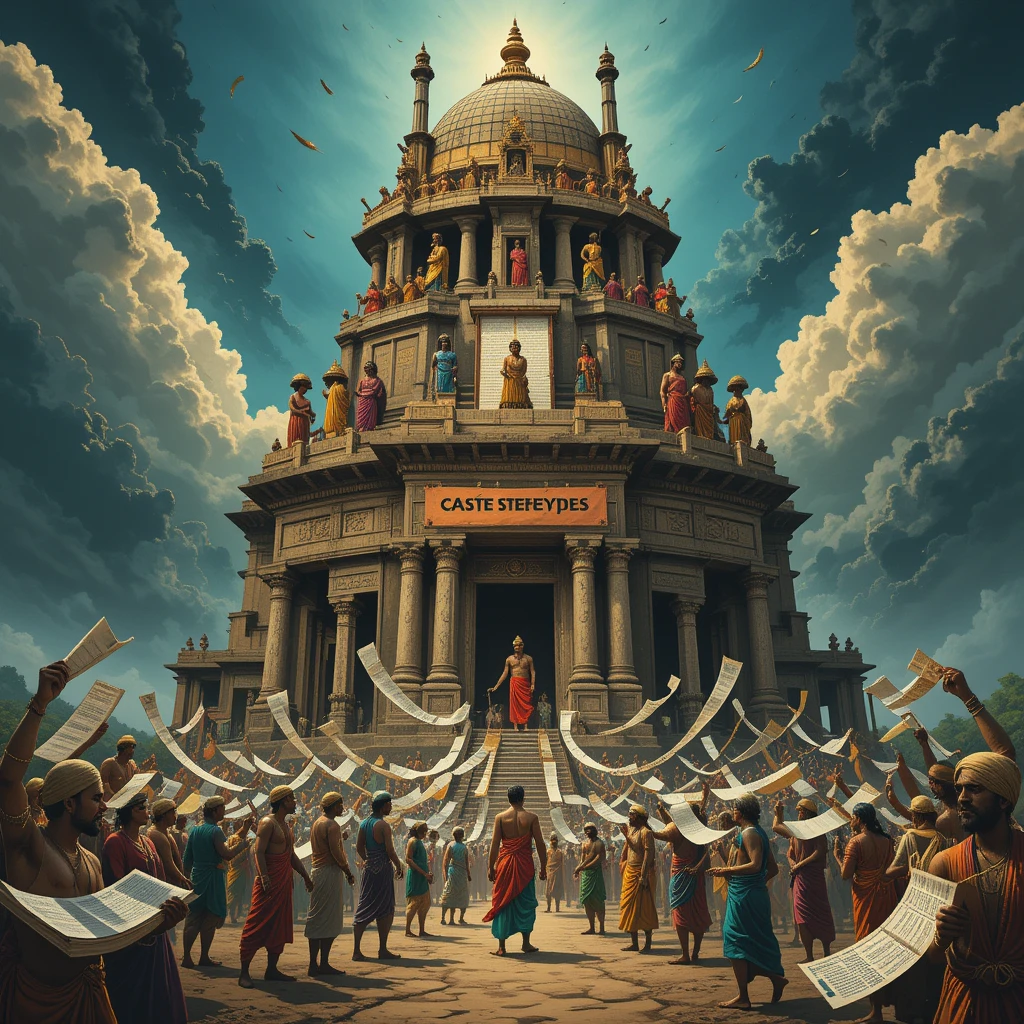
Consequences of Caste-Based Framing
- Polarization: Emphasizing caste identities exacerbates social divisions, hindering inclusive coalitions (Yadav, 2004).
- Marginalization of Social Justice: Leaders advocating for marginalized communities are dismissed as parochial, undermining discussions on inequality (Pai, 2007).
- Erosion of National Unity: Reducing leaders to caste identities reinforces the notion that Indian politics is inherently fragmented (Jaffrelot, 2003).
Countering the Narrative
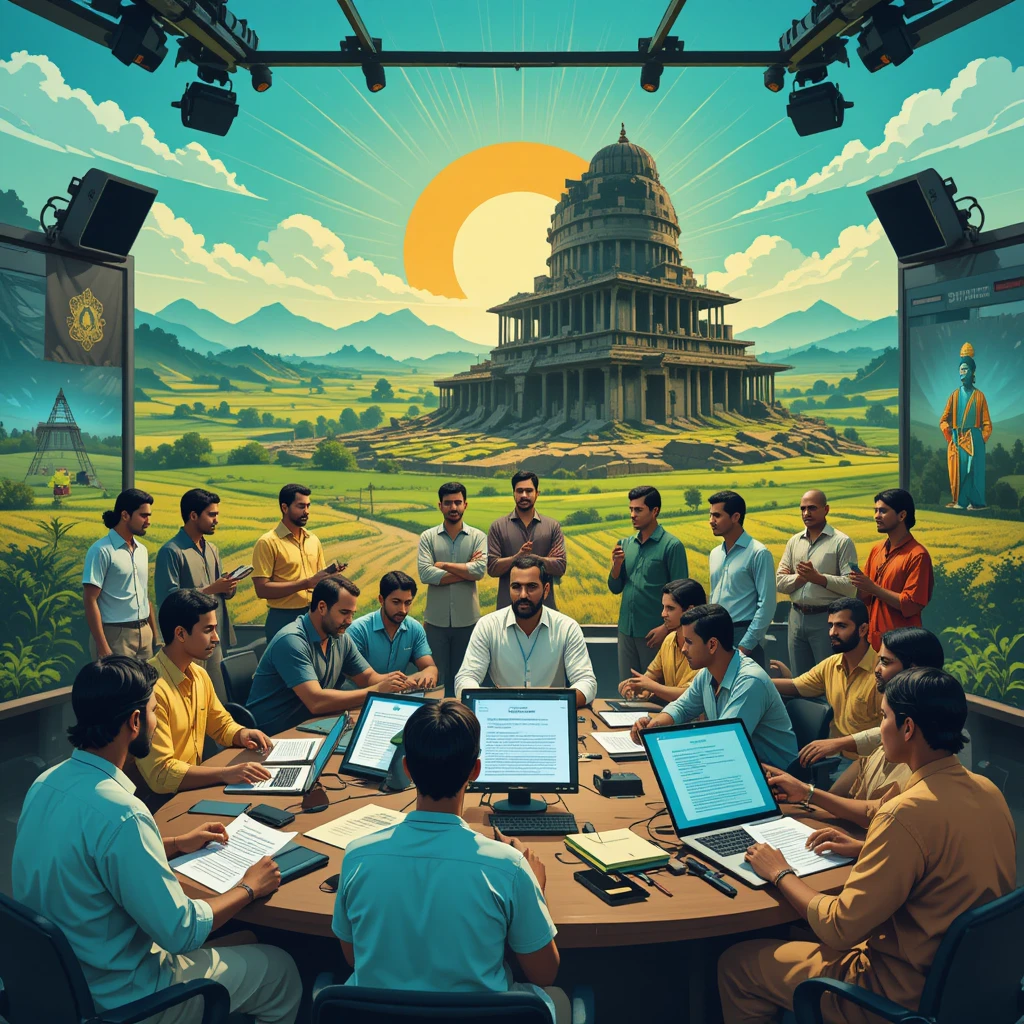
- Diversifying Media Leadership: Increasing representation of OBCs, Dalits, and Adivasis in media can ensure balanced coverage (Oxfam India, 2022).
- Policy-Based Narratives: Media should focus on leaders’ contributions, such as Charan Singh’s agricultural reforms, Devi Lal’s rural development, or Sir Chhotu Ram’s land reforms (Byres, 1988; Singh, 1992; Chowdhry, 1984).
- Challenging Brahminism: Intellectuals and activists must question Brahminical ideologies that perpetuate upper-caste dominance (Beteille, 1996).
- Inter-Caste Alliances: Leaders should forge cross-caste alliances, as Mayawati did in 2007, to demonstrate broader appeal (Pai, 2007).
Conclusion
The media’s caste-based framing of leaders like Chaudhary Charan Singh, Chaudhary Devi Lal, Sir Chhotu Ram, Lalu Prasad Yadav, and Mayawati, while portraying Indira Gandhi, Narendra Modi, and others as national figures, reflects a Brahminical bias rooted in upper-caste dominance. This framing reinforces power structures, polarizes society, and marginalizes social justice advocates. By diversifying media representation, focusing on policy contributions, and challenging Brahminical narratives, India can foster a more equitable political discourse that recognizes leaders for their universal contributions rather than confining them to caste identities.
References
- Beteille, A. (1996). Caste, Class, and Power: Changing Patterns of Stratification in a Tanjore Village. Oxford University Press.
- Byres, T. J. (1988). Charan Singh (1902–87): An Assessment. Economic and Political Weekly, 23(24), 1235–1240.
- Chakravarty, P., & Roy, S. (2015). Media Pluralism Redux: Towards New Frameworks of Comparative Media Studies. Political Communication, 32(3), 349–370.
- Chowdhry, P. (1984). Punjab Politics: The Role of Sir Chhotu Ram. Vikas Publishing House.
- Guha, R. (2007). India After Gandhi: The History of the World’s Largest Democracy. HarperCollins.
- Hasan, Z. (1998). Quest for Power: Oppositional Movements and Post-Congress Politics in Uttar Pradesh. Oxford University Press.
- Jaffrelot, C. (2000). The Rise of the Other Backward Classes in the Hindi Belt. Journal of Asian Studies, 59(4), 86–108.
- Jaffrelot, C. (2003). India’s Silent Revolution: The Rise of the Lower Castes in North India. Hurst & Company.
- Jaffrelot, C. (2005). Dr. Ambedkar and Untouchability: Fighting the Indian Caste System. Columbia University Press.
- Jaffrelot, C. (2015). The Modi-Centric BJP: From Gujarat to Delhi. India Review, 14(4), 385–407.
- Oxfam India. (2022). Who Tells Our Stories Matters: Representation of Marginalised Groups in Indian Media. Oxfam India Report.
- Pai, S. (2007). Dalit Assertion and the Unfinished Democratic Revolution: The Bahujan Samaj Party in Uttar Pradesh. Sage Publications.
- Singh, R. (1992). Chaudhary Devi Lal: A Political Biography. Anmol Publications.
- The Hindu. (2022). Jagdeep Dhankhar: From Jat Leader to Vice President. August 7, 2022.
- Yadav, Y. (2004). The Elusive Mandate of 2004. Economic and Political Weekly, 39(51), 5383–5398.

